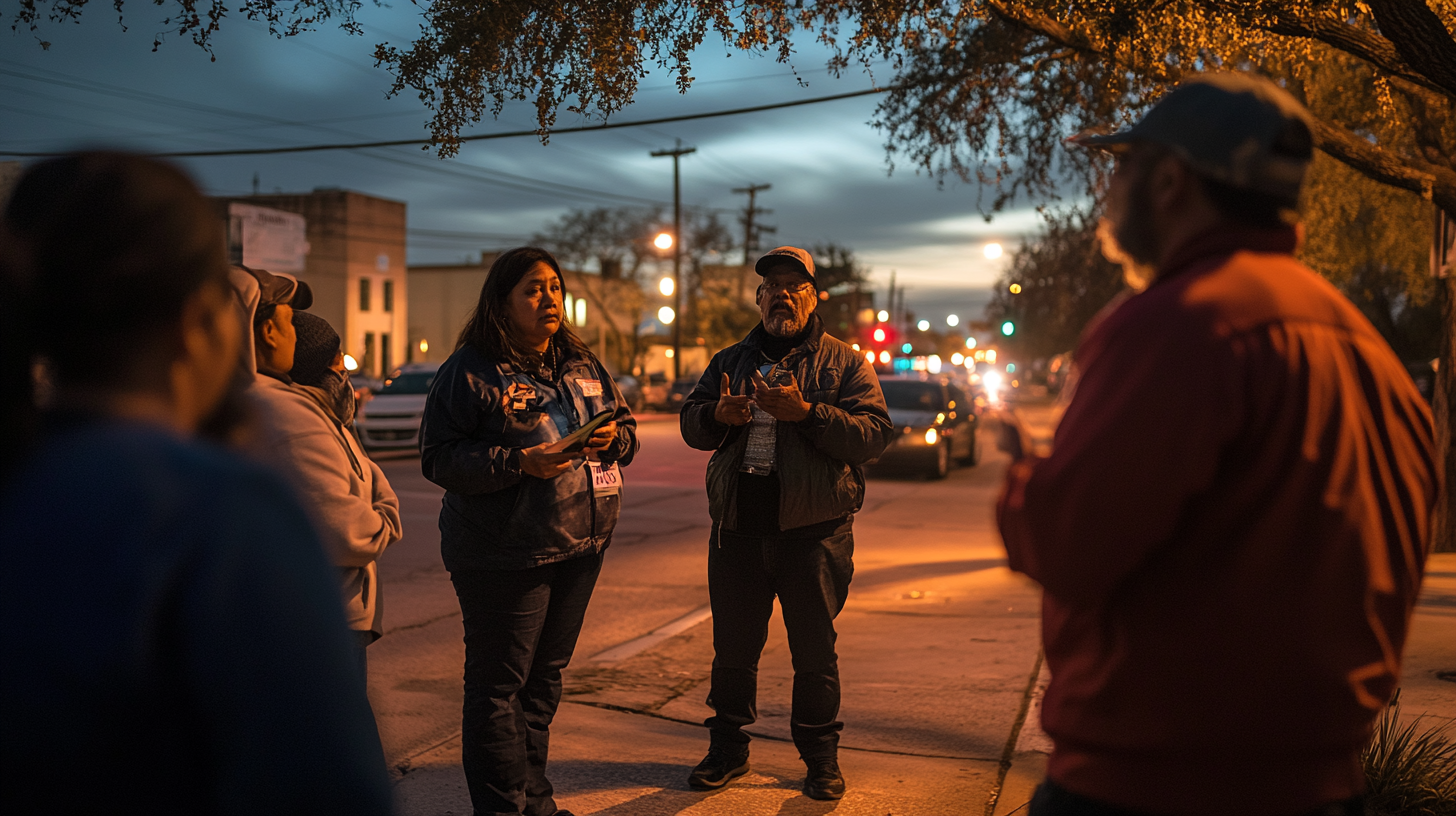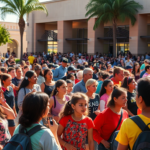Harlingen Mayor Reveals New Insights on City’s Homeless Population
Harlingen Mayor Norma Sepulveda has shed new light on the city’s homeless population, revealing significant findings from a recent study that many of those experiencing homelessness have deep-rooted ties to the community. Initiated in the summer of 2024, the study uncovered personal stories behind the statistics, indicating that between 50 to 70 individuals living on the streets were either born or raised in Harlingen.
Dispelling Common Misconceptions
Addressing a common misconception, Mayor Sepulveda clarified during a city commissioners meeting that many of Harlingen’s homeless are not outsiders but local residents who have lost contact with family and loved ones. “I think most people in our community have this misconception that the people that are on the streets in the city of Harlingen must not be from Harlingen,” she stated. This revelation challenges prevailing stereotypes and emphasizes the complex social dynamics within the Rio Grande Valley (RGV).
A Personal Story: The Struggles of Local Residents
Highlighting the human aspect of this issue, a local mother of three, who is currently expecting another child, shared her story of resilience. Having returned to the RGV after leaving New Mexico, she relies on the Loaves & Fishes shelter while seeking employment. “I just wanna go work now, I really just wanna work,” she expressed. Her situation underscores the pressing need for support mechanisms that enable local residents to regain stability.
The Mayor’s Call to Action
Mayor Sepulveda believes that the current number of homeless individuals in Harlingen is manageable but stressed the urgency of taking action to prevent the situation from worsening. She highlighted the necessity for enhanced mental health resources and revealed that city commissioners are considering allocating additional funding to aid the homeless community. “We need to provide mental health resources,” Sepulveda emphasized, calling for a proactive approach to addressing the underlying issues of homelessness in South Texas.
Local Impact: A Community at a Crossroads
The findings of this study present both challenges and opportunities for Harlingen and the broader RGV community. By understanding that many homeless individuals are local, efforts can be refocused on community-based solutions and preventive measures. This shift in perspective can foster empathy and encourage collaborative initiatives aimed at reintegrating homeless individuals into society.
Dr. Laura Martinez, a social work professor at the University of Texas Rio Grande Valley, regards this data as crucial for crafting targeted interventions. “These insights allow us to develop more effective outreach programs and policies that cater specifically to the needs of the local population,” she commented, advocating for community interest as a driving force in policy-making.
Building on Past Efforts
Harlingen’s approach to addressing homelessness is not occurring in isolation. Previous efforts, such as community drives and volunteer programs, have laid the groundwork for more structured interventions. Organizations like Loaves & Fishes have been instrumental in providing immediate relief to those in need, creating a support network that the city can expand upon.
Juan Lopez, a volunteer at Loaves & Fishes, highlighted the importance of maintaining these efforts. “We’ve seen how small acts of kindness can make a big difference, and it’s time to scale these initiatives with the city’s backing,” he said.
Future Implications and Collaborative Efforts
Looking ahead, the city’s strategy may set a precedent for other RGV communities facing similar challenges. By effectively managing the situation, Harlingen could emerge as a model for balancing immediate relief with long-term solutions, integrating housing, healthcare, and job training as part of a holistic approach to homelessness.
However, achieving these goals requires a collaborative effort that includes government agencies, nonprofit organizations, businesses, and Valley residents. By fostering partnerships and pooling resources, the community can tackle this issue from multiple angles, ensuring sustainable outcomes.
Engagement and Resources for the Community
Residents interested in contributing to these efforts or seeking assistance can contact local organizations such as Loaves & Fishes and participate in upcoming city forums. The mayor’s office plans to release further details on initiatives and funding opportunities as discussions progress, inviting public involvement to ensure transparency and community-led advocacy.
In conclusion, the study’s findings highlight the interconnectedness of homelessness, community identity, and local impact within Harlingen. As city leaders and residents work together towards solutions, the story of Harlingen’s homeless population exemplifies a broader narrative of resilience and hope, echoing the aspirations of the Rio Grande Valley’s diverse community.
For more information, readers can contact the Harlingen city office or Loaves & Fishes directly to learn how they can participate in or contribute to upcoming initiatives aimed at supporting the Valley’s underserved communities.







